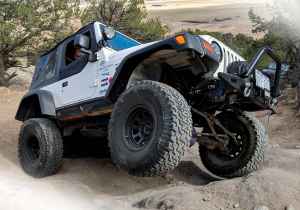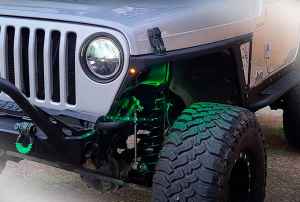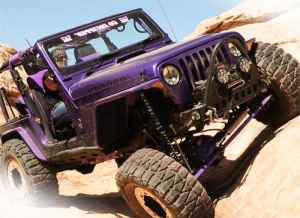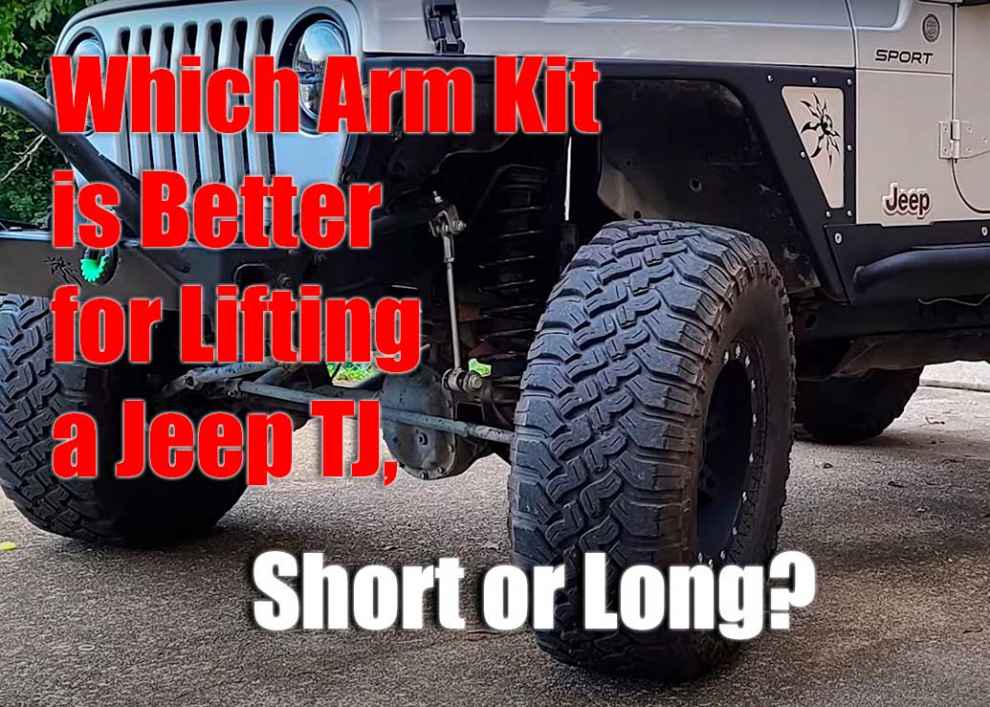The arm kit for a Jeep TJ is not something that people typically think about when they first buy the vehicle. However, it is an important aspect of the car, and there are many arm kits to choose from.
When it comes to arm kits, there are two main types: short arm and long arm. In this article, we will discuss both types of arm kits as well as their pros and cons so that you can decide which one is right for your needs!
Short or long?

Long arm kits are better for vehicles that require a lot more height clearance. If you are looking for more articulation or wheel travel on your Jeep TJ then it may be worth checking out a long arm lift kit. The long arm kit is made up of three links – one for each side and one for the steering knuckle.
Short arm kits require less space and can be easier to install, while long arm kits may provide more stability and safety during the lifting process.
Take a look at some pros and cons for each type of kit before deciding which one is right for you!
Short arm kit

Pros: Short arm kits typically come with adjustable length arms that can be made even shorter by removing one end or both ends of an arm from its mounting point, so it will not interfere with other components mounted near where it is installed. This type of arm also allows plenty of room for shocks and gears without interference as well as providing ample space for fuel tanks, suspension lifts, extra-long wheel studs, locker swaps, etc.
Cons: It may take more time when installing because there’s more work involved; however this inconvenience does allow you to customize the arm to your needs.
Short arm kits are typically best for those who want a quick and easy installation process, do not need any clearance adjustments or fuel tank removal and don’t mind extra work while installing it because of how much customization is possible.
Levering on this arm kit can be strenuous when trying to lift an object so some short arm kits come with helper springs that help provide more force. These types of arm kits also tend to have less flexible shocks than long arm kits which could make off-roading difficult if they break down in remote areas; however, long arm kits would require custom modifications in order to achieve similar results as a short arm kit.
Long arm kit

Cons: They take more time when installing because they require custom modifications in order to achieve similar results; however this inconvenience does allow you to customize the arm kit to your needs. The levering on these arms can be strenuous if trying to lift an object so some long arm kits come with helper springs that help provide more force just like short arm kits do. Like short arm kits, sometimes these types of arms will not work very well off-road if the shocks break down in remote areas.
Which arm kit is better for lifting a Jeep Tj, short or long arm?
Short arm kits are typically best for those who want an easy installation process with less work while installing it and don’t mind extra work because of how much customization can be achieved. Long arm kits might take more time to install but offer plenty of clearance without any mounting points which means no interference will occur with other components on the vehicle during installation as well as providing ample space for fuel tanks/suspension lifts.

Add Comment